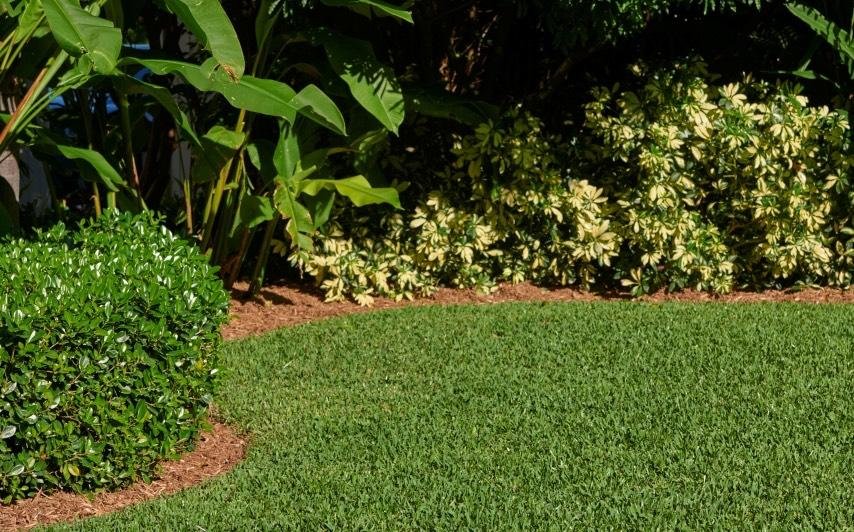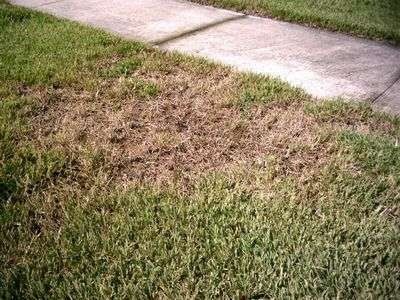How to Plant St. Augustine Grass Sod

St. Augustine grass is a warm-season turfgrass known for its lush, vibrant green appearance and ability to thrive in the southern United States. Whether you’re starting a new lawn or revitalizing an existing one, planting St. Augustine grass sod is a popular and effective method to achieve a beautiful and resilient lawn. In this article, we’ll provide you with a step-by-step guide on how to plant St. Augustine grass sod to ensure your lawn looks its best.
Step 1: Choose the Right Time
The timing of planting St. Augustine grass sod is crucial to its success. Opt for late spring or early summer when the soil temperatures are consistently above 65°F (18°C) and the grass can actively grow. Avoid planting during the winter months when the grass is dormant.
Step 2: Measure and Prepare the Area
Before you purchase your St. Augustine grass sod, measure the area you plan to sod to determine the square footage. This measurement will help you calculate how much sod you need.
Once you’ve calculated the needed sod, clear the area of any existing grass, weeds, or debris. Use a shovel or a sod cutter to remove the old vegetation. It’s important to create a clean and level surface for the sod to establish properly.
Step 3: Amend the Soil
St. Augustine grass thrives in well-drained soil with a slightly acidic to neutral pH. Before laying the sod, consider amending your soil with organic matter, such as compost or peat moss, to improve its texture and nutrient content. This will enhance the grass’s growth and overall health.
Step 4: Purchase Quality Sod
When buying St. Augustine grass sod, ensure that you’re purchasing healthy, fresh, and disease-free sod from a reputable nursery or garden center. It’s important to install the sod as soon as possible to prevent it from drying out or deteriorating.
Step 5: Lay the Sod
Begin by laying the St. Augustine grass sod in a brick-like pattern. Stagger the seams of each piece to avoid visible lines and ensure a more uniform appearance. Press the sod firmly against the soil to eliminate any air pockets and ensure good soil-to-sod contact.
Step 6: Water Thoroughly
After you’ve laid the sod, give it a good, deep watering. This will help the roots establish contact with the soil and prevent drying out. Water the sod thoroughly but avoid overwatering, which can lead to rot or disease.
Step 7: Maintain Proper Care
To encourage healthy growth, maintain a regular lawn care routine. Keep the sod consistently moist for the first few weeks, and gradually reduce the frequency of watering as the grass establishes itself. Fertilize your St. Augustine grass as recommended, and mow it to the recommended height to promote a dense, attractive lawn.
How to Plant St. Augustine Grass Sod Video
This helpful video by Florida Lawn UF/IFAS Turf Specialist Dr. Laurie Trenholm demonstrates how to plant St. Augustine grass sod for establishing a successful St. Augustine lawn.
In my article Planting Grass, I mentioned Lawns can be grown by planting sod grass. When planting sod grass, grading is beneficial for a proper level surface. This is helpful in making sure new sod will grow to its full potential, giving you the results you want to see.
Proper grading also assures good drainage after the lawn is established, to avoid any flooding that can occur during heavy rainfall.
Before planting grass remove all debris such as rocks, dead grass, and weeds. If it is a new home then make sure all construction debris is removed before you begin to install your new lawn. and for existing homes that need small renovation, a shovel and rake are all you need to remove the area needed to be done.
After planting your St Augustine Grass Sod make sure it is watered right away for the root system to start to take hold. Water regularly during the first 30 days, Then you can continue to water on your scheduled watering days.
Fertilize newly planted sod one week after installation. Follow the directions on the label and water in fertilizer as soon as possible.
You can mow new turf after it takes hold and is growing, reaching the maximum height required. Mow lawn at a higher level to avoid damage. Do Not apply Weed Control until 30 days after planting grass.
Conclusion
Planting St. Augustine grass sod is an excellent way to establish a beautiful and resilient lawn. By following these steps, you can ensure your sod takes root and flourishes in your yard. With proper care and attention, your St. Augustine grass will provide a lush and inviting lawn for you and your family to enjoy for years to come.







